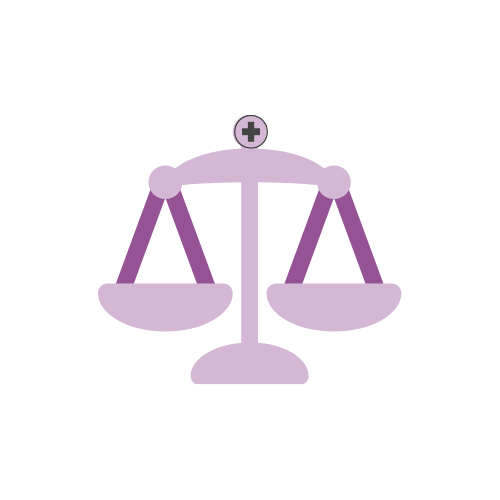Research
Clinical value assessment
Therapeutic Outcome Prediction
Using quantitative imaging to support medical judgement improves consistency between specialists with different level of experience and enables automation and decision support. Furthermore, quantitative medical image analysis adds useful information that is not visible to the trained eye.
Our research goal is to develop, implement and evaluate technology for quantitative medical image analysis that result in improved and objective stratification of patients for the most appropriate anti-tumour treatment. Our quadruple mission is to develop technology that 1) has a direct advantage for the individual patient (personal healthcare), 2) leads to incremental net monetary benefit (affordable healthcare), 3) results in a decrease in burden for the healthcare supply chain and patients (sustainable healthcare) and preferably 4) is broadly applicable (impact).
We’ve evaluated a molecular imaging application that result in a reduction of 40% of surgeries for benign thyroid nodules leading to a median societal cost saving of almost €10,000 per patient and are currently looking in possibility for further improvement using ultrasonography. We’ve recently shown that two-step three-modality sequential imaging for functional parathyroid adenomas is not economically more beneficial than directly using the costliest second line diagnostic modality. We’re evaluating if new imaging probes may lead to less diagnostic laparoscopies and improved stratification of treatment intent for patients with advanced gastric cancer. We’re developing and applying dosimetry tools to show whether targeted therapy may result in redifferentiation in radioiodine refractory thyroid cancer, enabling a less toxic and less costly treatment for these patients. Future goals encompass further objectifying thyroid ultrasound by semiautomatic analysis.
This research line is part of the Radboudumc research programme ‘advanced imaging technologies’.

